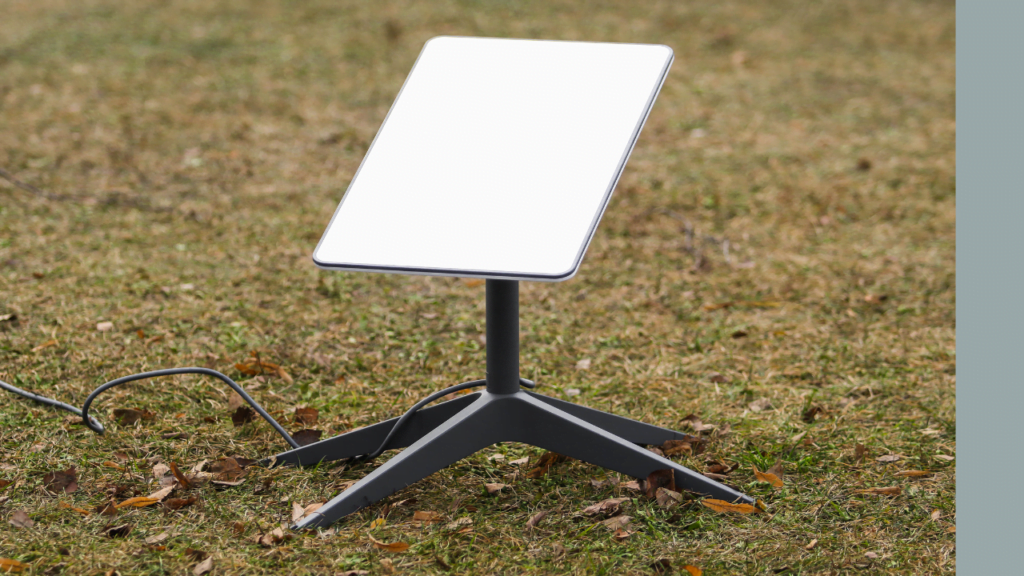SpaceX Skyrockets Network Capacity: US Waitlist Lifted, Connecting More Capacity to the Ground
Key Highlights:
- Waitlist Lifted: SpaceX lifted the Starlink waitlist across the US, marking a significant milestone in expanding its satellite internet services to a broader user base1.
- Capacity Boost: The recent launch of a new batch of Starlink satellites has significantly enhanced network capacity, with the second-generation satellites adding 4x more capacity2.
- Pricing Update: New customers from the West Coast may experience a price hike, with the monthly subscription rate rising from $110 to $12034.
The horizon of satellite internet service in the US is witnessing a momentous shift as Starlink announces substantial amendments to its service framework. The most eye-catching update is the eradication of the waitlist for residential services across the US, alongside nuanced modifications to the 10-mile per hour speed enforcement regulations. This piece delves into the implications of these transformations, extending an insight into how they are poised to redefine the user experience.
Waving Goodbye to the Waitlist:
For over two years, certain locales within the US have anxiously awaited the arrival of Starlink’s new residential service. The anticipation was somewhat eased when Starlink introduced a Starlink availability map around a year ago, illustrating the waitlisted areas primarily in the more densely populated eastern half and the Midwest of the US. However, a recent refreshing update to the Starlink availability map heralds the end of any waitlisted areas in the US. This signifies that Starlink residential service can now be ordered anywhere within the US, a development that has been long awaited, especially by those who have been on the waitlist for over two years. They should be receiving notifications soon regarding the availability of the service.
A New Chapter for Nomads:
The sweeping changes extend beyond the waitlist. They open a new chapter for nomads, making the Starlink standard service more appealing even for those on the move. The standard service, priced at $120 in most of the US and $90 in some high-capacity areas, now presents a more budget-friendly alternative compared to the Starlink roam service. Despite a cheaper price, the standard service accords a higher priority compared to the mobile service, provided you don’t mind updating your service address as you move.
Speed Limitation Adjustments:
Starlink’s Terms of Service (TOS) has had a 10-mile per hour speed limitation for a while, although enforcement has been on hold. This limitation is slated to impact users not subscribed to the Starlink mobile priority plan. Under the new framework, users on a Starlink Mobile Regional or Mobile Global plan will enjoy in-motion use up to 10 miles per hour, a boon for boaters at anchor or slow cruising on water. However, RVs or faster boats will hit a limitation once they surpass the 10-mile per hour mark.
Mobile Priority Plan Nuances:
The enforcement of the speed limitation nudges users towards the mobile priority plan for high-speed in-motion data. This plan, priced at $250 for 50 gigabytes, offers an option to opt into mobile priority at $2 per gigabyte while on one of the standard mobile plans. A noteworthy mention is a policy update from Weingard: users exhausting their mobile priority data while traveling at speeds over 10 miles per hour will lose in-motion service unless they opt for more mobile priority data at $2 per gigabyte.
The Verdict:
The elimination of the waitlist is indeed a monumental step forward, making Starlink’s residential service more accessible. For those who have been patiently waiting for Starlink residential, the wait is finally over. On the flip side, the 10-mile per hour speed enforcement, whose implementation date remains unknown, will introduce a new layer of considerations for users, especially those on the move. As Starlink continues to evolve, these updates are critical pointers towards understanding what to expect and how to align with the emerging service frameworks.
